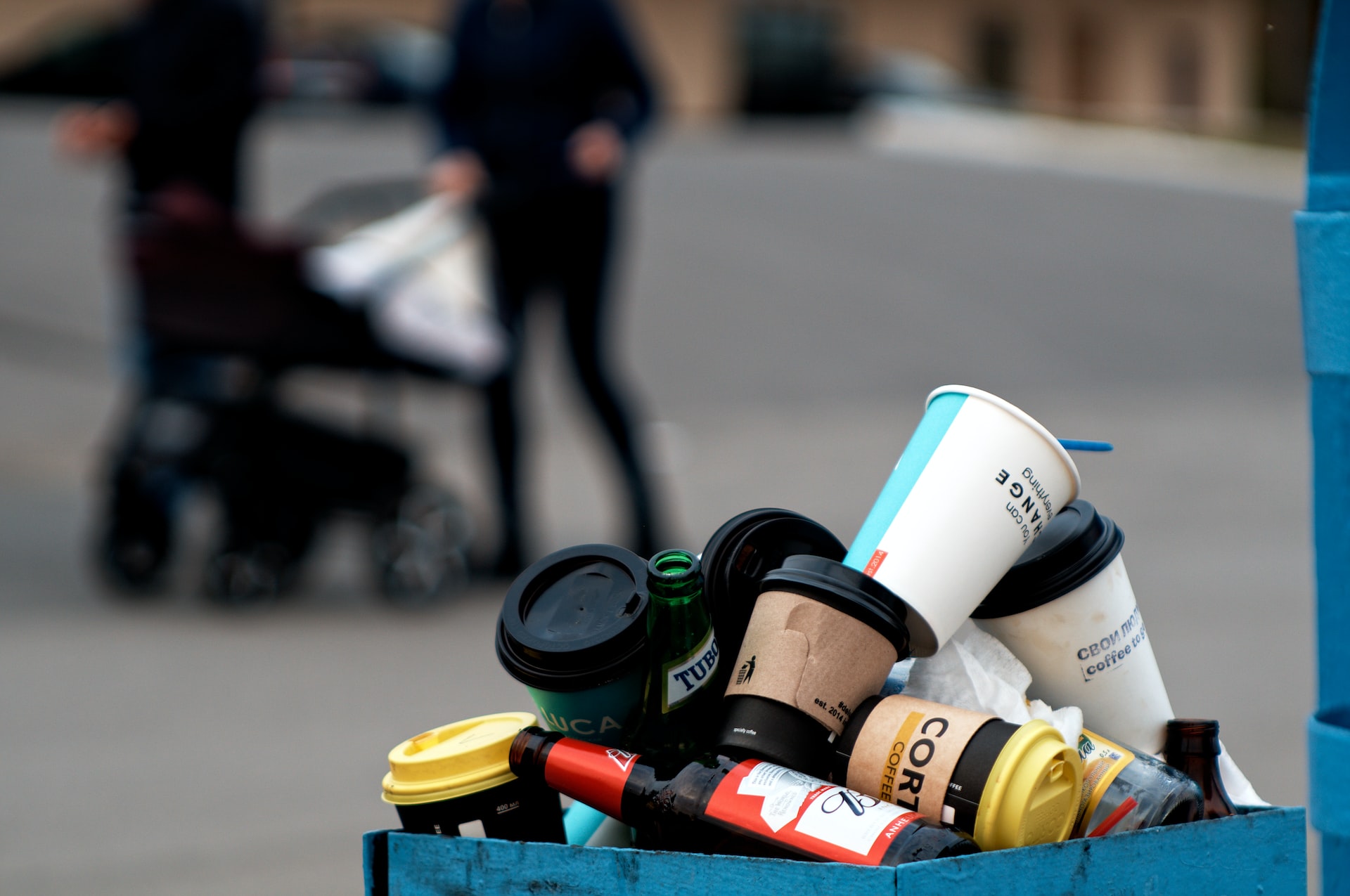On November 30, the European Commission is due to submit its proposal for a "Regulation of the European Parliament and Council on Packaging and Packaging Waste." Renewable Matter was able to view a leaked draft of that proposal, which revises upward the EU's recycling obligations (50 percent for plastics and aluminum by 2025) and calls for mandatory deposit systems for single-use containers.
Renewable Matter has viewed a not-yet-public draft of the European Commission's proposal for a Regulation of the European Parliament and Council on packaging and packaging waste, amending Regulation (EU) 2019/1020 on market surveillance and product conformity and repealing Directive 94/62/EC on packaging and packaging waste. The proposal is due on November 30 as part of a broader circular economy package. A regulation is a binding piece of legislation that must be applied in its entirety throughout the European Union. Below are some of the provisions included in the draft proposal.
Recycling goals
The European Commission's draft includes an overall recycling target for 2025 of 65 percent of all packaging by weight, with individual minimums by category: 25 percent for wood, 50 percent for plastics and aluminum, 70 percent for glass and ferrous metals, and 75 percent for paper and cardboard. By 2030, the overall target increases to 70%, broken down as follows: 30% for wood, 55% for plastics, 60% for aluminum, 75% for glass, 80% for ferrous metals, and 85% for paper and cardboard.
Packaging waste exported outside the Union may be counted toward the targets only if the exporter can demonstrate that recycling took place under conditions substantially equivalent to European conditions.
Final waste materials destined to be used as fuels or other means of generating energy, or to be incinerated, filled, or landfilled, need not be counted toward the recycling targets.
Recycled material
The draft includes binding targets for minimum recycled content: 50 percent for single-use bottles and 45 percent for other packaging by 2030, rising to 65 percent in both cases by 2040. All packaging placed on the market from 2030 must be recyclable.
Against over-packaging
Starting in 2030, "each packaging unit will have to be reduced to its minimum size in terms of weight, volume and packaging layers, for example by limiting empty space" - to 15 percent of volume in the case of cosmetics and electronic products.
Labeling
In order to facilitate consumer selection, packaging will need to be labeled with information on composition and reusability, including the availability of a system for reuse and collection points. This will facilitate the traceability of packaging.
Packaging waste prevention and reuse and recharge targets
The draft proposal proposes an obligation for member states to "reduce packaging waste generated per capita" by 5 percent by 2030, 10 percent by 2035, and 15 percent by 2040, including through "the establishment and effective operation of reuse systems."
As of January 1, 2030, 30 percent of cold and hot take-away beverages filled in a container must be available in reusable packaging within a system that allows refilling; while as of January 1, 2040, 95 percent of such beverages must be available in reusable packaging within a reuse system or a system that allows refilling. For ready-to-eat take-out foods, the targets are 20% as of January 1, 2030 and 75% as of January 1, 2040.
No more than 40 plastic bags per person per year
The draft suggests that the consumption of ordinary "lightweight" plastic bags (shopping bags) should be limited to 40 per person per year after 2025. Member states may exclude from this requirement "very light" plastic bags that are necessary for hygienic purposes or provided as primary packaging for bulk food to avoid food waste.
Compostable plastic only if there is a clear benefit to the environment or human health
The draft of the proposed regulation stipulates that tea bags, filter coffee pods disposed of along with used coffee products, sticky labels attached to fruits and vegetables, and "very lightweight" plastic shopping bags will have to be compostable in industrial composting facilities within two years after the regulation comes into force.
For "lightweight" plastic bags, it is left to member states to allow their placing on the market "if appropriate waste collection schemes and waste treatment infrastructure are available to ensure that such packaging enters the organic waste management stream." According to the draft, compostable plastics will not be allowed to be used for any other purpose.
Deposit Return Schemes by 2028
According to the Commission's draft, by January 1, 2028, member states must establish Deposit Return Schemes (DRS) for single-use plastic bottles and single-use metal containers with a capacity of up to 3 liters. (excluding containers for wine, alcoholic beverages, milk and dairy products). Member states may also establish DRSs for other packaging such as single-use glass bottles, beverage cartons, and reusable packaging.
Member states must take measures to encourage the increase of systems that allow reuse of packaging and refills, but without compromising food hygiene or consumer safety. Measures to be established by member states may include: deposit systems for reusable containers; economic incentives; a requirement for end distributors to offer reusable food and beverage packaging as an alternative to single-use packaging under the same conditions of use and price; and a requirement for end distributors to offer a certain percentage of products in reusable packaging or by refill.
Safeguard procedures for hazardous packaging
The committee's proposal notes that the scope of substances in packaging addressed by the future regulation should be aligned with the scope of the Chemicals Strategy for Sustainability and the Ecodesign of Sustainable Products Regulation to ensure the proper management of chemicals throughout their life cycle and the transition to a circular and toxic-free economy. For this, the objectives of the new regulation should address the impacts on human health and the environment from the impact of potentially hazardous substances over the entire life cycle of packaging, from manufacture to use and end-of-life, including waste management.
Image: Artem Labunsky (Unsplash)



